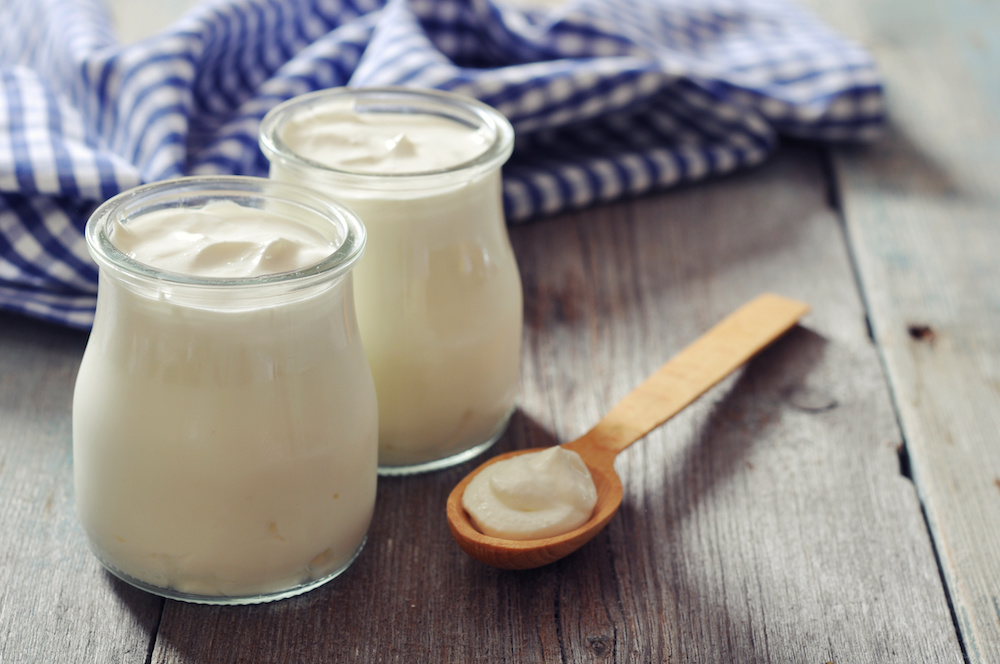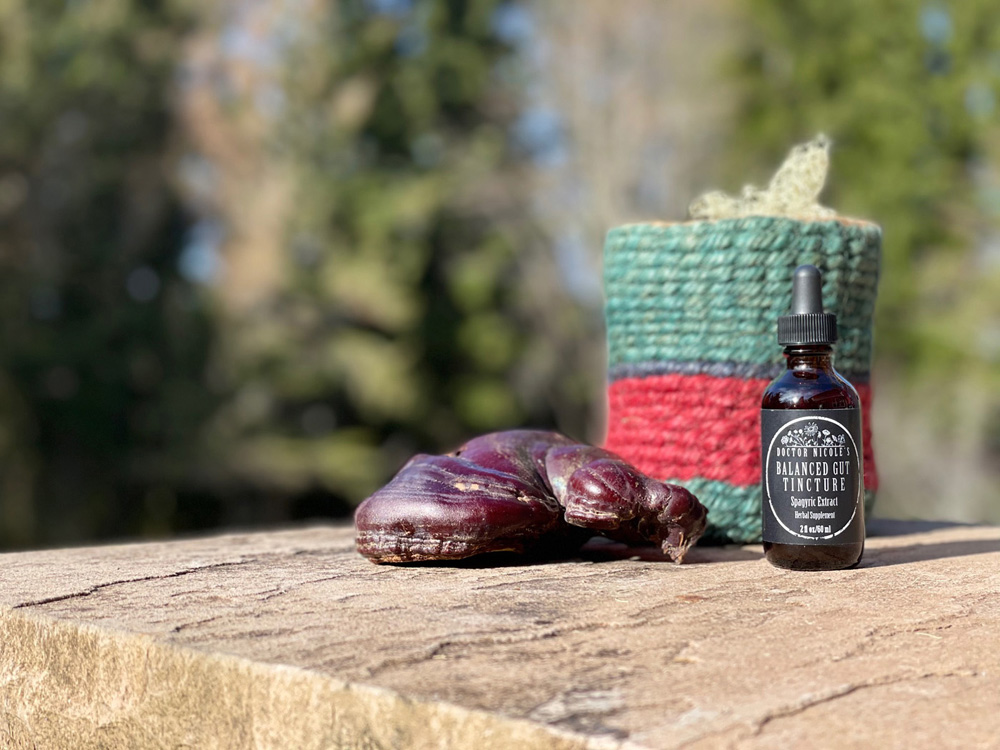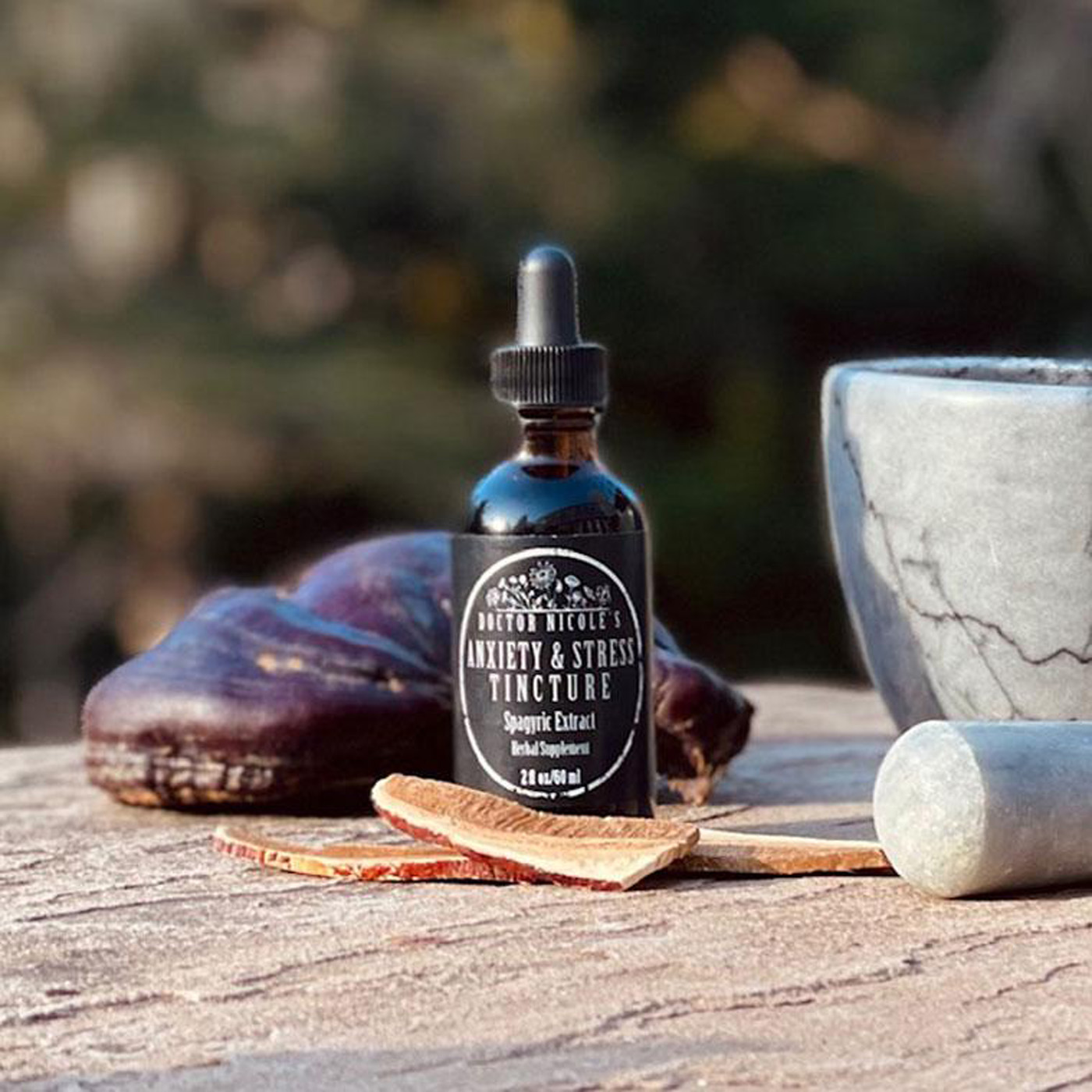Microbiome Diversity is in Peril — Perhaps Permanently
As many of you who have been following this blog know, gut health is one of the most important factors in avoiding chronic disease — including autoimmunity. A robust microbiome helps to keep your immune system in top form, improves metabolic function, reduces depression and anxiety, cools inflammation, and boosts cognition and brain function. Sadly, many in the West have experienced less than ideal microbiome health due to diet, exposure to environmental toxins, and chronic stress. These factors not only compromise our beneficial bacteria but also encourage leaky gut, which further adds fuel to the fire. And now researchers have found that the typical Western diet is leading to a mass extinction of microbiome diversity around the globe. Here is what the studies found — and what we can do to encourage more microbial diversity for ourselves and future generations.
Is the Western Diet Killing Off Our Ancestral Microbiome?
Microbiologists are observing a disturbing trend in the West: a limited microbiome with less diversity compared to subsistence communities who resemble our Neolithic ancestors in diet and traditional living.
As journalist Moises Velasquez-Manoff writes in “How the Western Diet Has Derailed Our Evolution”:
“A group of Italian microbiologists had compared the intestinal microbes of young villagers in Burkina Faso with those of children in Florence, Italy. The villagers, who subsisted on a diet of mostly millet and sorghum, harbored far more microbial diversity than the Florentines, who ate a variant of the refined, Western diet. Where the Florentine microbial community was adapted to protein, fats, and simple sugars, the Burkina Faso microbiome was oriented toward degrading the complex plant carbohydrates we call fiber.”
This observation has serious ramifications for those of us who eat the typical Western diet as the health of our microbiome is directly tied to immunity and metabolic function, and whether or not we develop an autoimmune condition or another chronic disease. Microbe diversity in the gut is key — and fiber consumption is closely linked to how diverse our microbiome is on any given day. Since we can’t digest fiber, the microbes in our gut do it for us and in turn produce short-chain fatty acids. The more fiber we eat, the more food we provide for these microbes, the higher levels of beneficial short-chain fatty acids are produced.
From these findings, we may be led to think that eating a high-fiber diet will create abundant microbial diversity in our gut. However, while studies have shown that mice fed high-fiber diets did in fact experience more diverse gut bacteria colonies compared to those eating junk food, there is only so far our microbiota can recover. Through one of these studies, microbiologist Justin Sonnenburg established that diet does play a critical role in microbiome diversity. In fact, when the junk food mice were switched to a fiber-rich diet, their microbiome recovered. But the mice were only fed junk food for a few weeks, compared to generations of people eating a highly processed, fat and sugar-heavy diet.
Sonnenburg suspected that we may have reached the point as humans where groups of beneficial bacteria may have become extinct due to the typical Western diet. So he put his theory to the test. When pregnant mice were put on a no-fiber diet, their off-spring suffered permanent microbial losses.2 Even when Sonnenburg fed the second generation a high-fiber diet, the microbes never recovered and diversity was limited. This is because babies pick up microbes from their mother as they pass through the birth canal. If the mother doesn’t have robust microbial diversity, neither will their off-spring.
Sonneburg observed another sobering fact: when each generation of mice ate a fiberless diet, their offspring’s microbiome became increasingly less diverse. This led to complete microbial extinctions that were “compounded across generations.”1 Research has shown that this “seeding” of the microbiota begins even earlier via a unique placental microbiota in the womb.6 However, if the microbes aren’t present in the mother, they won’t be passed onto the offspring.
Add to this the widespread use of antibiotics, modern sanitation methods, limited exposure to microbes through the soil and contact with animals early in life — even using hand sanitizers, and you have the perfect storm for microbial extinction in the gut. Increased cesarean births and using formula instead of breast-feeding also contribute to lack of microbiome diversity in Western countries.
The researchers note that while mortality is lower in the West from infectious illness, subsistence communities don’t have the high rate of non-communicable disease seen in the West. This includes autoimmunity, asthma, cancer, and other chronic health concerns.

How to Encourage a Diverse (and Healthy) Microbiome
While some researchers believe fecal transplants are the way of the future for tackling everything from autism to mood disorders and obesity, we have less complex methods available to us now that will help to encourage a healthy microbiome.
Of course, diet plays a major role in feeding the “good” bacteria in our gut. Prebiotic and probiotic-rich foods are essential, as are insoluble fiber, resistant starch, and plenty of vegetables — especially leafy greens. To learn more about these specific foods, see my post “Fertilize Your Gut? You Bet! Here’s How.” A whole food Mediterranean diet is one of your best options.
Lifestyle choices also play a role in the diversity of the microbiome. Surprisingly, exercise is directly tied to your gut microbial diversity. A study published in the journal Microbiome found that cardiorespiratory fitness “is correlated with increased microbial diversity in healthy humans” as well as the increased production of butyrate.3
On the flip side, chronic stress has been shown to negatively impact the health of the microbiome and cause leaky gut syndrome.4 Another study notes that stress and depression “can reshape the gut bacteria’s composition through stress hormones, inflammation, and autonomic alterations.”5 Needless to say, getting a handle on chronic stress is crucial if we want a robust and diverse microbiome, not to mention enjoying overall health. Practicing gratitude, a positive mindset, spending time in nature, and daily exercise or stretching are all excellent methods for stress management.
Need extra help? My Anxiety & Stress Tincture is a powerful formulation that calms the nervous system and relieves stress.
Herbal remedies are also important for the health of your microbiome, particularly if you are suffering from leaky gut. Both reishi and lion’s mane medicinal mushrooms help to tame inflammation, while turkey tail is an excellent source of prebiotics that feeds beneficial bacteria and controls the overgrowth of candida. Plantain is an outstanding anti-inflammatory that also soothes the mucous membranes in the digestive tract. Then there is slippery elm and marshmallow. Both form a protective layer that helps the gut to regenerate.
Looking for an easy-to-use blend of these herbal medicines? I have you covered! Each is found in my potent Balanced Gut Tincture. Visit the apothecary today and discover the power of natural remedies for yourself!
Nicole Apelian
Nicole’s Apothecary Products in this Post
References
- “How the Western Diet Has Derailed Our Evolution”, Moises Velasquez-Manoff. Nautilus, Microbiology, November 10, 2015. https://nautil.us/how-the-western-diet-has-derailed-our-evolution-235683/
- Sonnenburg, E. D., Smits, S. A., Tikhonov, M., Higginbottom, S. K., Wingreen, N. S., & Sonnenburg, J. L. (2016). Diet-induced extinctions in the gut microbiota compound over generations. Nature, 529(7585), 212–215. https://doi.org/10.1038/nature16504
- Estaki, M., Pither, J., Baumeister, P., Little, J. P., Gill, S. K., Ghosh, S., Ahmadi-Vand, Z., Marsden, K. R., & Gibson, D. L. (2016). Cardiorespiratory fitness as a predictor of intestinal microbial diversity and distinct metagenomic functions. Microbiome, 4(1), 42. https://doi.org/10.1186/s40168-016-0189-7
- Cryan, J. F., O’Riordan, K. J., Cowan, C., Sandhu, K. V., Bastiaanssen, T., Boehme, M., Codagnone, M. G., Cussotto, S., Fulling, C., Golubeva, A. V., Guzzetta, K. E., Jaggar, M., Long-Smith, C. M., Lyte, J. M., Martin, J. A., Molinero-Perez, A., Moloney, G., Morelli, E., Morillas, E., O’Connor, R., … Dinan, T. G. (2019). The Microbiota-Gut-Brain Axis. Physiological reviews, 99(4), 1877–2013. https://doi.org/10.1152/physrev.00018.2018
- Madison, A., & Kiecolt-Glaser, J. K. (2019). Stress, depression, diet, and the gut microbiota: human-bacteria interactions at the core of psychoneuroimmunology and nutrition. Current opinion in behavioral sciences, 28, 105–110. https://doi.org/10.1016/j.cobeha.2019.01.011
- “Not Sterile, After All: The Placenta’s Microbiome”, Dr. Francis Collins. NIH Director’s Blog, May 28, 2014. https://directorsblog.nih.gov/2014/05/28/not-sterile-after-all-the-placentas-microbiome/






